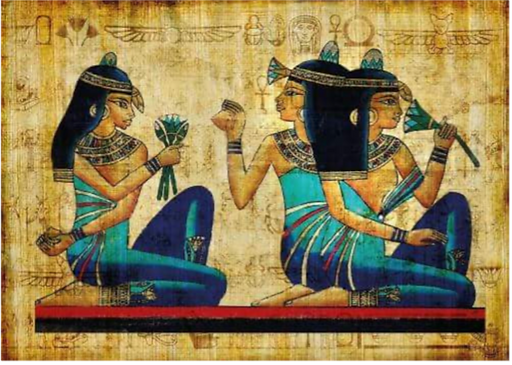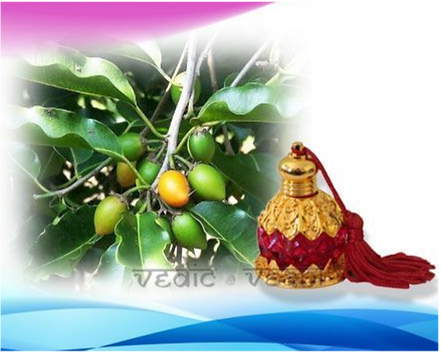History

The incense smoke is also characterized by a "sweet-balsamic" note and "shades of vanilla and musk" and amber. As a result, agarwood and its essential oil gained great cultural and religious significance in ancient civilizations around the world, being described as a fragrant product as early as 1400 BCE in the Vedas of India.

Agarwood's use as a medicinal product was also recorded in the Sahih Muslim, which dates back to approximately the eighth century, and in the Ayurvedic medicinal text the Susruta Samhita.

As early as the third century CE in ancient Viet Nam, the chronicle Nan zhou yi wu zhi (Strange things from the South) written by Wa Zhen of the Eastern Wu Dynasty mentioned agarwood produced in the Rinan commandery, now Central Vietnam, and how people collected it in the mountains.
I dare say it is not a coincidence that in all the religions in the world, spanning over 30 centuries, this product is called a magic and divine product.
The odour of agarwood is complex and pleasing, with few or no similar natural analogues. In the perfume state, the scent is mainly distinguished by a combination of "oriental-woody" and "very soft fruity-floral" notes.

In the Hebrew Bible, "trees of lign aloes" are mentioned in The Book of Numbers 24:6 and a perfume compounded of aloeswood, myrrh, and cassia is described in Psalms 45.
Dioscorides in his book Materia Medica (65 CE) described several medical qualities of agarwood (Áγαλλοχου) and mentioned its use as an incense. Even though Dioscorides describes agarwood as having an astringent and bitter taste, it was used to freshen the breath when chewed or as a decoction held in the mouth. He also writes that a root extract was used to treat stomach complaints and dysentery as well as pains of the lungs and liver.

